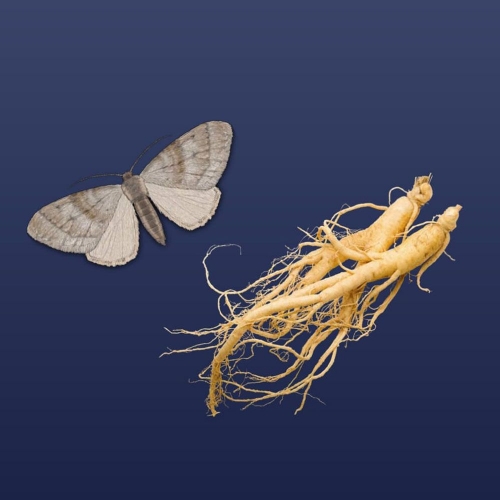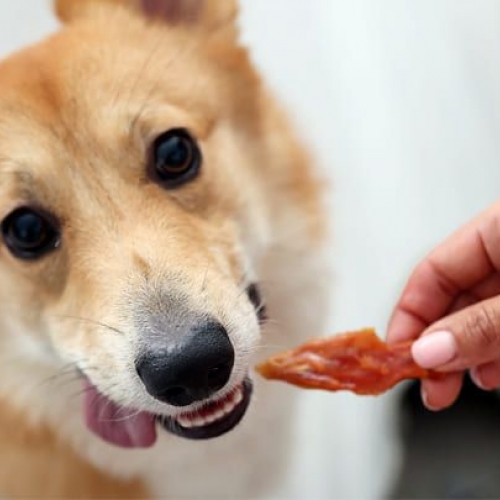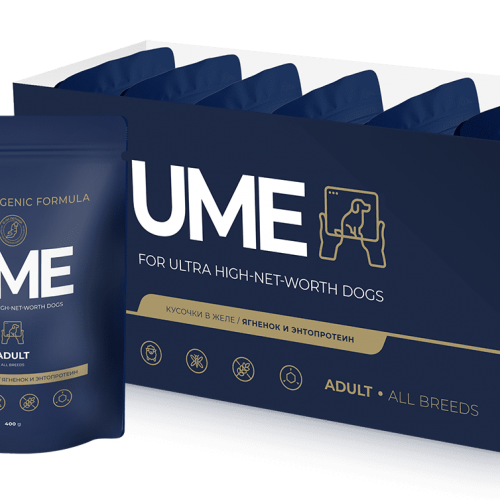People are living longer lives, there are more of us, and the size of the planet is not increasing. What will we eat in 10-20-50 years? And most importantly - where will we get the protein necessary to live?
Protein is the foundation of life
It is the most important constituent element of the human body, the building material for every cell, the basis for chemical processes and plays a special role in the functioning of the immune system.
Complete proteins are those that contain the eight essential amino acids. They are found in the greatest amount in the yolk of a chicken egg, and in meat, fish, milk, and dairy products.
Incomplete proteins are those that lack at least one of the essential amino acids. The main source of this type of protein are vegetables, fruits, legumes, grains, cereals, nuts, as well as soy.
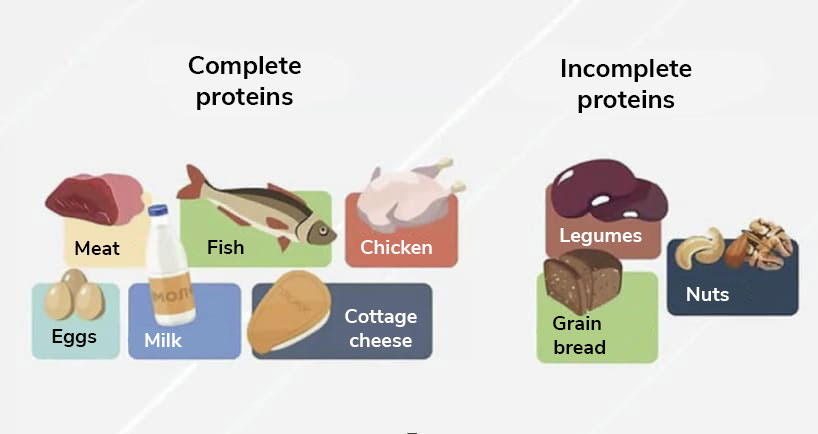
Food of the future
The world’s population is expected to reach 9.7 billion by 2050, and the problem of nutrition will become more acute. Already today, about a billion people live in constant hunger, over the years their proportion will be increasing. Growing cattle requires large areas and huge financial costs, while having a negative impact on the environment.
Scientists are trying to prepare in advance for the most negative events scenario. They are actively engaged in the introduction of alternative protein into diets. This is, for example, artificial meat - both grown in a laboratory and completely devoid of a meat component, made from pea isolate and other similar products.
Medium
basket of locusts please
The other option which can really save the population from starvation is insect protein. The idea of eating insects may seem strange, but statistics show that currently approximately 2 billion people on the planet are regularly eating insects - beetles, caterpillars, ants, bees and wasps.
The main advantage of insects is their high protein content. It is estimated that 100 grams of "meat" of these invertebrates contains on average 2 times more protein than 100 grams of beef. In addition, it is insects that are a source of iron, which is perfectly absorbed by the body. Crickets, for example, contain much more of it than beef. Insects also contain calcium, copper, magnesium, manganese, and zinc in fairly high concentrations.
A burger made of insects
Technologists and scientists reassure us that we will not need to eat dried grasshoppers. Baris Özel, one of the founders of the Bug Foundation, explains that the main task of the creators of products containing protein from insects is to make sure that no insects are visible. His company created an insect burger that went on sale in Germany. The basis of the patty are flour worms, which are the larvae of tenebrionidae - flour beetles.
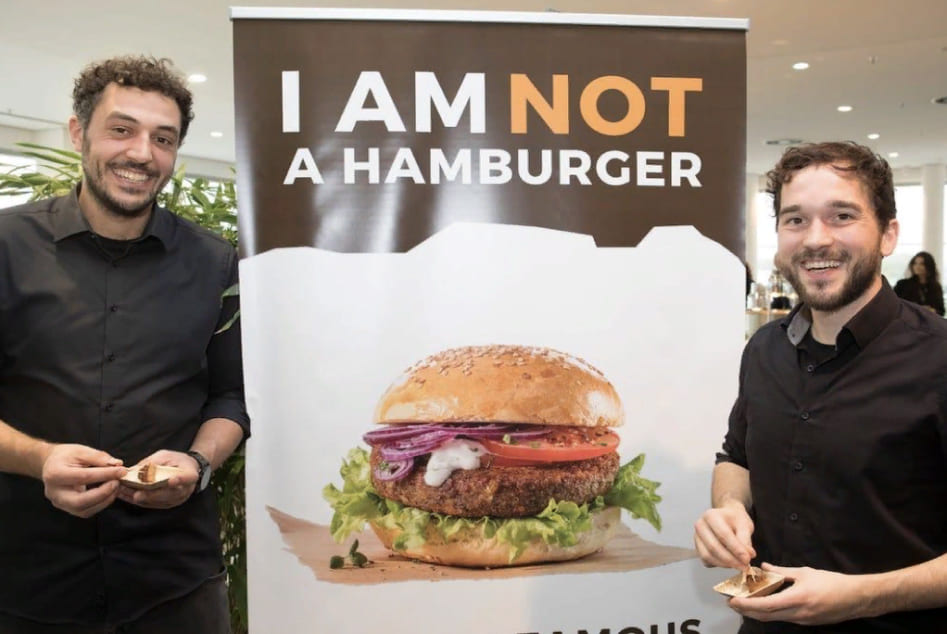
The founder of Bug Foundation Baris Özel and Max Krämer
The Bug Foundation is far from being alone in the business of creating "insect food". In Spain, snacks with grasshopper flour can be purchased in supermarkets. In addition to the flour, the bars include chocolate and dates. By the way, such foods are sold in the "healthy products" section.
A bone made of flies
But while humanity is only getting acquainted with bug burgers and locust desserts, our smaller brothers are ready to feast on insect delicacies without any prejudice. A promising species in terms of economic criteria and protein content is the larva of the black soldier fly (Hermetia illucens L.). The advantage is the high content of protein in them (35-48%), and the digestible protein accounts for 85-95%, the fat content - 20-45%. Therefore, the black soldier fly is considered as a valuable source of biomolecules - proteins, lipids and chitin.
The production of proteins from insects, which are used in pet food, is mainly concentrated in Europe. But this is a promising market that is gradually taking over the world, because the use of insect protein in pet food can become the basis for a balanced diet for pets and support the owners' idea of a sustainable lifestyle.


